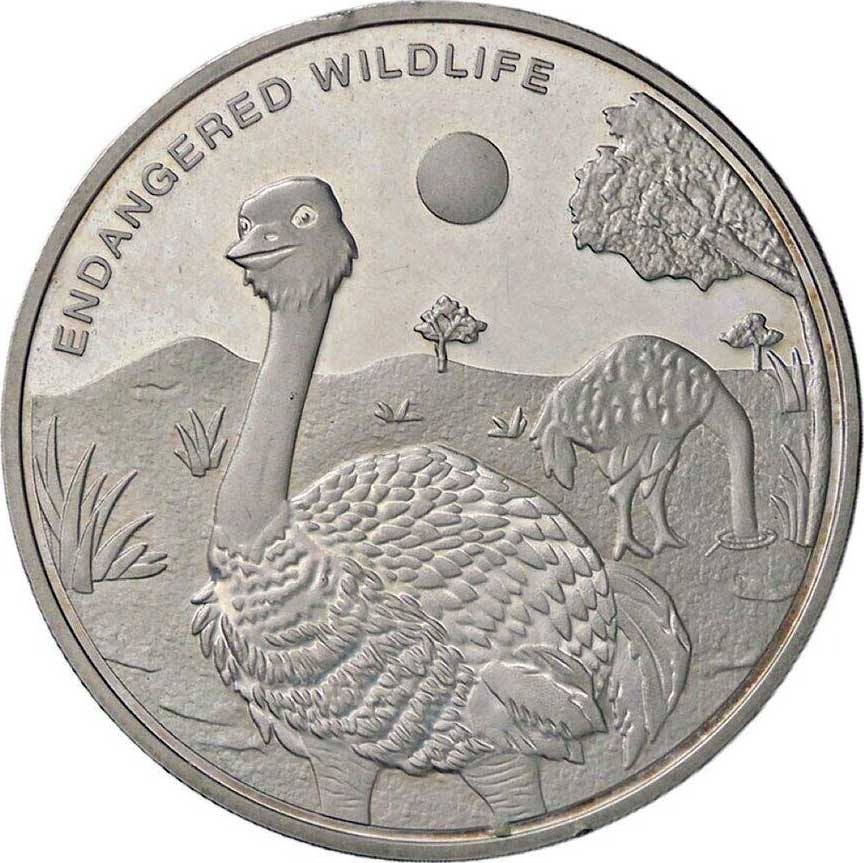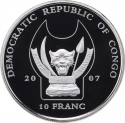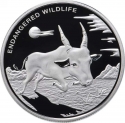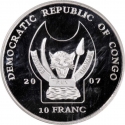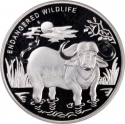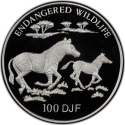You are about to finish your registration. Please check your mailbox (including spam folder). There should be a letter with a confirmation link. Check setting to make sure that your e-mail address is correct.
Send letter againDescription
The ostrich (Struthio camelus) is the largest and heaviest bird in the world, native to Africa. This flightless bird is easily recognizable by its long legs, large body, and long neck, with males typically sporting black and white plumage while females are mostly brown and gray. Capable of running up to 70 km/h (43 mph), the ostrich is the fastest land bird, using its speed to evade predators. It is known for its large eyes, powerful legs, and the myth of burying its head in the sand—a misconception derived from its behavior of lowering its head to the ground when threatened. Ostriches play an important ecological role in their habitat and are also farmed worldwide for their feathers, meat, and leather.
Obverse

|
Depicts the emblem of the Democratic Republic of the Congo dividing the date, the denomination below, and the country name in French above. DEMOCRATIC REPUBLIC OF CONGO |
|---|---|
Reverse

|
Depicts two ostriches, one facing and the other sticking her head in the ground across a vast grassy plain, with mountains and trees in the background, the sun in the sky, and the series title above alongside the rim. ENDANGERED WILDLIFE |
| Edge |
Characteristics
| Type | Commemorative Issue (Non-circulating) |
| Material | Silver Plated Copper |
| Weight | 30 g |
| Diameter | 39 mm |
| Thickness | 3 mm |
| Shape |
|
| Alignment | Medal |

